X
Electric hoists represent their own machinery, strength, and toughness, while the stage is elegant, flowing, and soft, with conflicts and collisions between the two.
The control box for stage electric hoists enables precise control from the audience area. It eliminates the need for cumbersome wiring, allowing for flexible and efficient setup. With a stable structu
Category : Controller
Get a Quote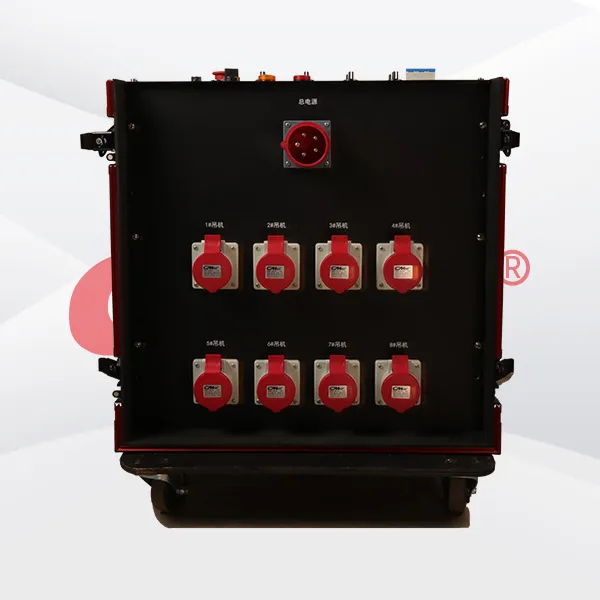
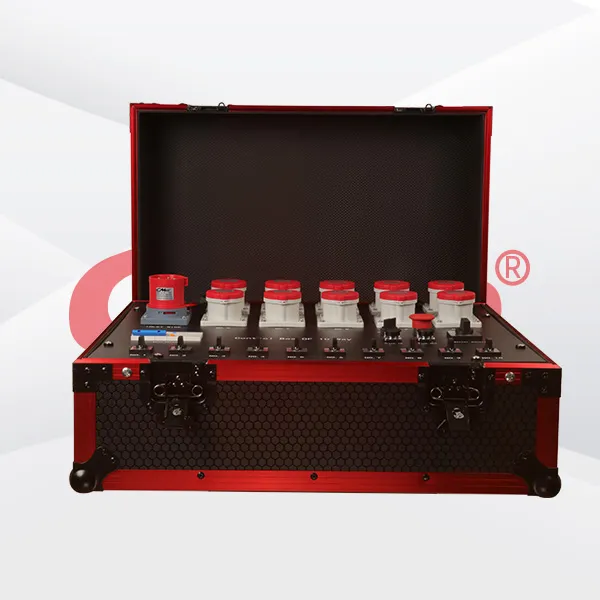



Product Details
The stage electric hoist control box is an important component of stage mechanical equipment. The following introduces its advantages and operating principles: Advantages of the Stage Electric Hoist Control Box - Convenient Operation: Precise control can be carried out from below the stage. Operators can accurately control actions such as the lifting and translation of the electric hoist without having to go above the stage or near the electric hoist, which greatly improves the convenience and safety of operation. Moreover, it is usually equipped with an intuitive operation interface, enabling even novices to get started quickly. - Simple Wiring: It adopts advanced wireless control technology or a simplified wiring solution, avoiding a large amount of complex wiring work in traditional control methods. This not only saves installation time and costs but also reduces the risk of malfunctions caused by messy wiring, making the stage layout neater and more aesthetically pleasing. - Flexible Installation: It is small in size and lightweight, not restricted by a fixed position. It can be flexibly installed in different locations according to the actual layout of the stage and performance requirements, such as in the auditorium or on the side wings of the stage, providing more possibilities for stage design and performance arrangements. - Sturdy Structure: Generally, the outer shell is made of high - strength metal materials, and the internal electronic components and circuit layout are also carefully designed and reinforced. It can withstand external forces such as vibrations and collisions during stage performances, ensuring that there will be no structural damage or component loosening during long - term use. - Reliable Performance: It is equipped with high - quality controllers and sensors, which can accurately control the running speed, position, and force of the electric hoist, ensuring smooth and accurate operations such as the lifting and movement of stage equipment. At the same time, it has multiple safety protection functions, such as overload protection and limit protection, which can effectively prevent accidents. - Strong Compatibility: It can be adapted to various brands and models of stage electric hoists, and can also be integrated with other stage equipment control systems to achieve the coordinated operation of the entire stage equipment, improving the overall effect and efficiency of stage performances. Operating Principles of the Stage Electric Hoist Control Box The stage electric hoist control box mainly achieves precise control of the electric hoist based on the electrical control principle. Its operating principles mainly involve the following aspects: - Power Supply: The control box is connected to an external power supply, usually three - phase alternating current, providing power support for the entire control system. After the power is filtered, regulated, etc., it provides a stable direct - current power supply for each electronic component and circuit module in the control box. - Signal Input: Operators send control signals to the control box through input devices such as operation buttons, handles, or wireless remote controls on the control box. These signals include commands such as the electric hoist's up, down, stop, slow, and fast. In addition, the control box can also receive signals from other stage equipment or control systems, such as linkage signals with the lighting and sound systems. - Control Circuit Processing: After receiving the input signals, the control circuit in the control box decodes, amplifies, and logically processes them. According to preset programs and algorithms, the control circuit converts the operator's commands into specific control signals to drive the motor and other actuators of the electric hoist. For example, when the operator presses the up button, the control circuit will output a specific electrical signal, causing the motor of the electric hoist to rotate at a set speed and direction, thus achieving the upward movement of the electric hoist. - Motor Drive: The processed control signals are transmitted to the motor driver. The motor driver controls the start, stop, speed, and rotation direction of the electric hoist motor according to the received signals. Motor drivers usually use power electronic devices such as thyristors and IGBTs. By controlling the on - off of these devices, the voltage and current of the motor are regulated, thereby achieving precise control of the motor.
- Feedback and Protection: To ensure the safe and accurate operation of the electric hoist, the control box is also equipped with various sensors and feedback devices. For example, the position sensor can monitor the position information of the electric hoist in real - time. When the electric hoist reaches the preset upper or lower limit position, the position sensor will send a signal to the control box, and the control box will immediately stop the motor operation to prevent the electric hoist from exceeding the safe range. In addition, the current sensor can monitor the working current of the motor. When the motor malfunctions such as overload or short - circuit, the control box will cut off the power in a timely manner to protect the motor and other equipment from damage.
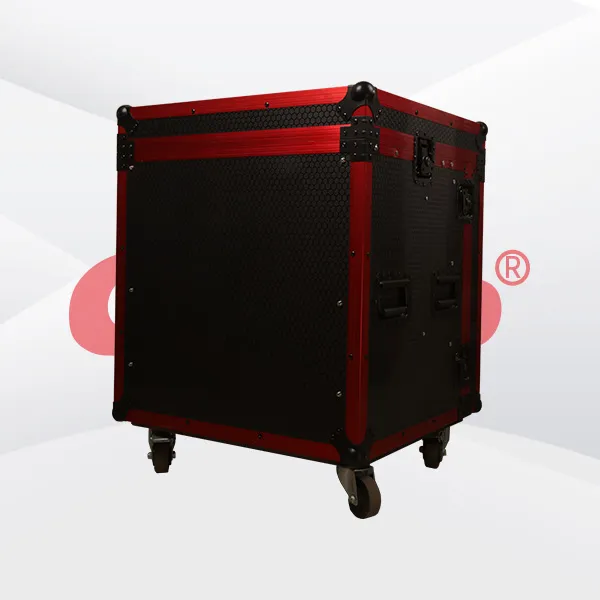
RELATED PRODUCTS .
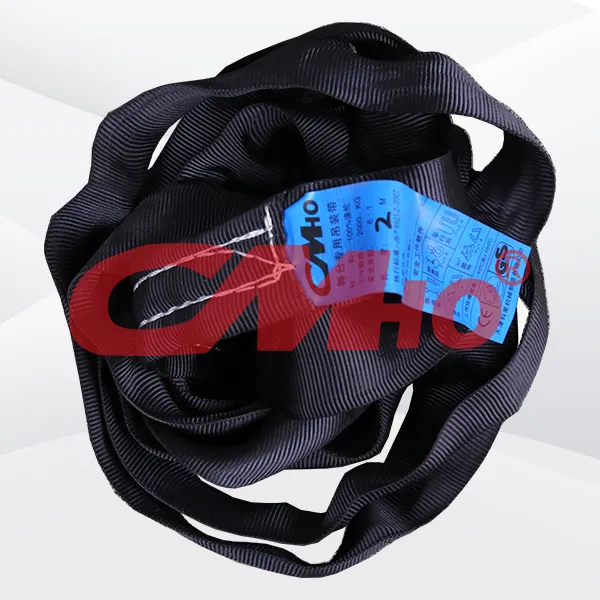
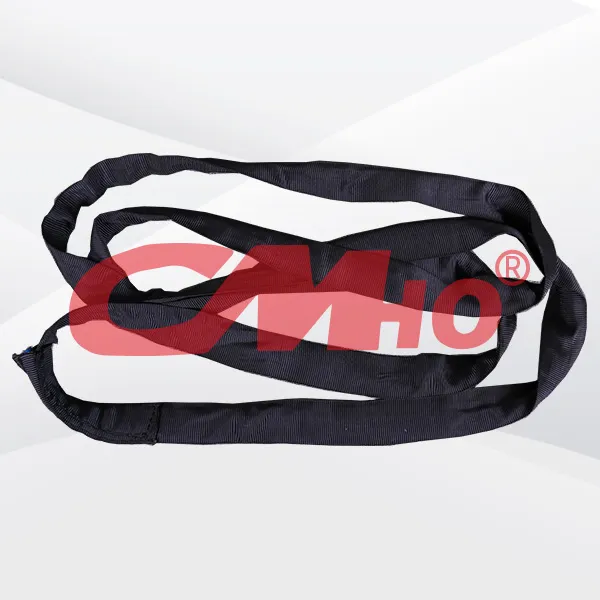
Customizable Sling Belts With "design-on-demand" at their core, customizable sling belts deeply integrate materials science, mechanical principles, and scenario-specific needs, making them i...
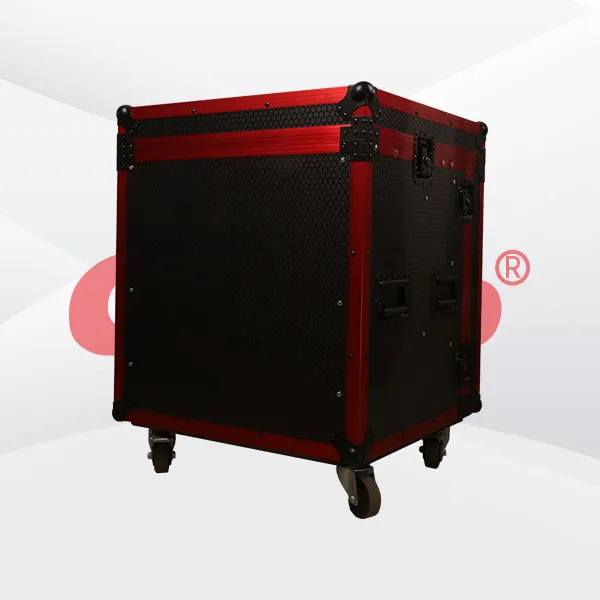
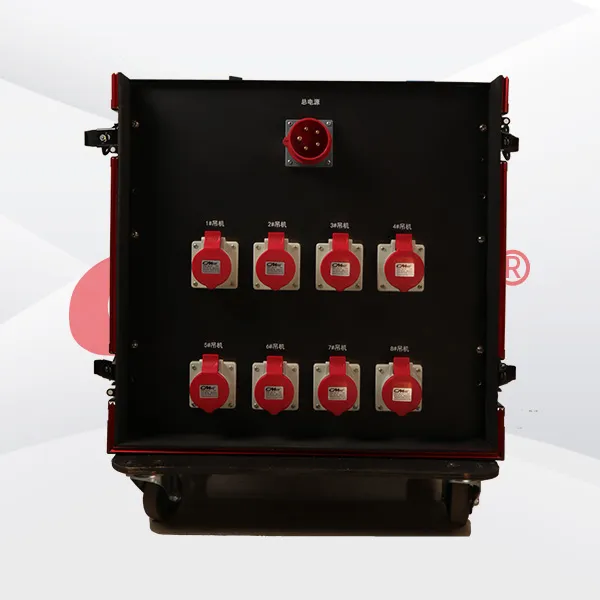
As the "brain" of lifting tools, the performance of truss hoist controllers directly impacts stage effects and operational safety. From manual operation to intelligent linkage, different typ...
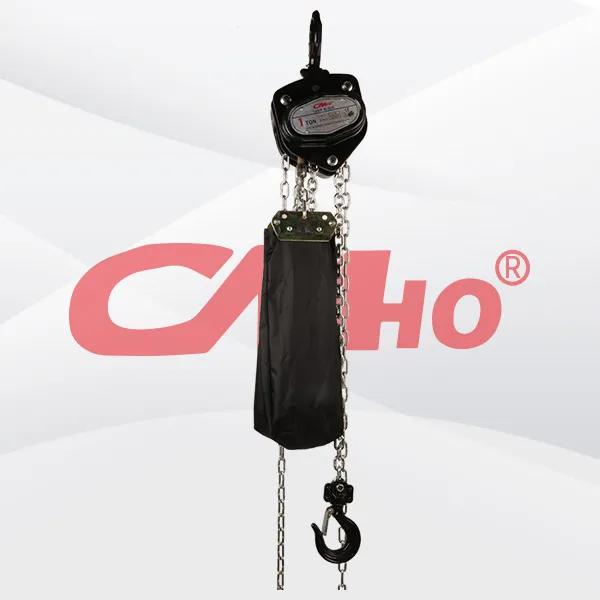
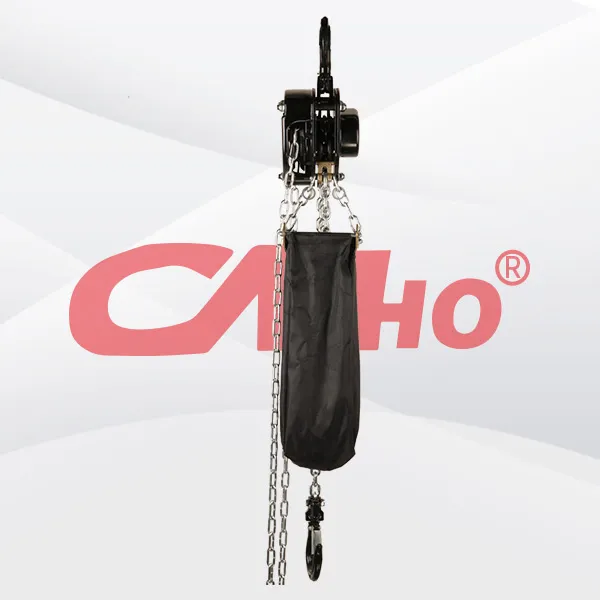
The smooth manual chain hoist, with its reliable mechanical structure and operational flexibility, has become an indispensable manual lifting tool in scenarios such as stages, industrial environments,
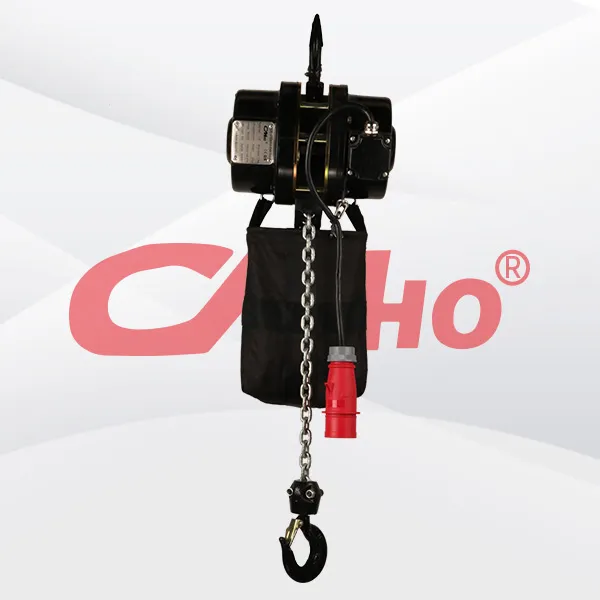
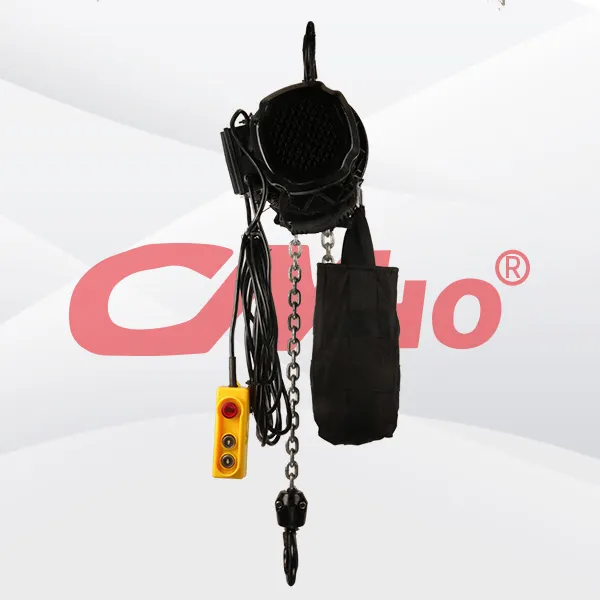
Efficiently complete rapid setup of booth trusses, high-altitude suspension of product display racks, or multi-angle display of dynamic advertising light boxes. For example, at a technology exhibition
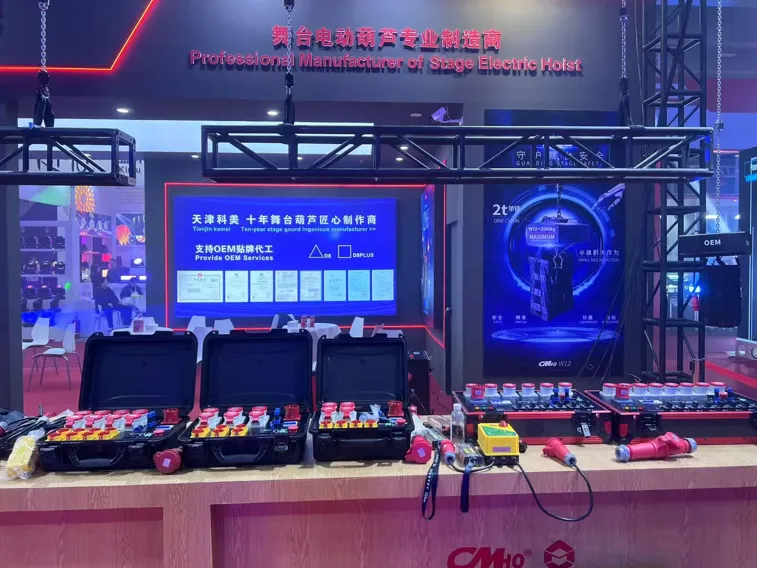
2025-02-28
创始人
0
The participation of Tianjin Kemei in the Guangzho...
Tianjin Kemei made a remarkable and eye-catching appearance at the Guangzhou (International) Performing Arts Equipment, Intelligent Acoustic, Optical and Electrical Products...
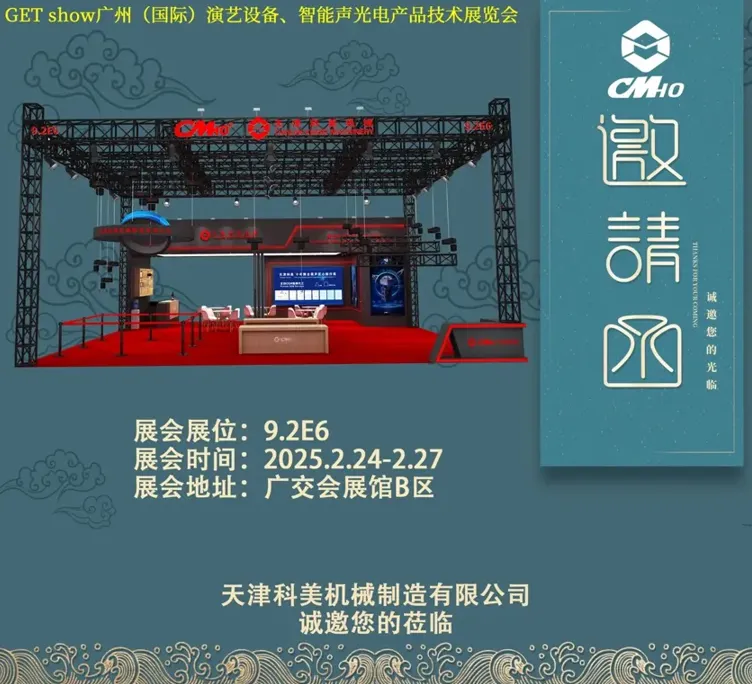
2025-02-27
创始人
0
Guangzhou (International) Performing Arts Equipmen...
In the era of the rapid development of stage lifting equipment and intelligent acousto - optic technology, every industry event serves as a crucial opportunity for innovatio...
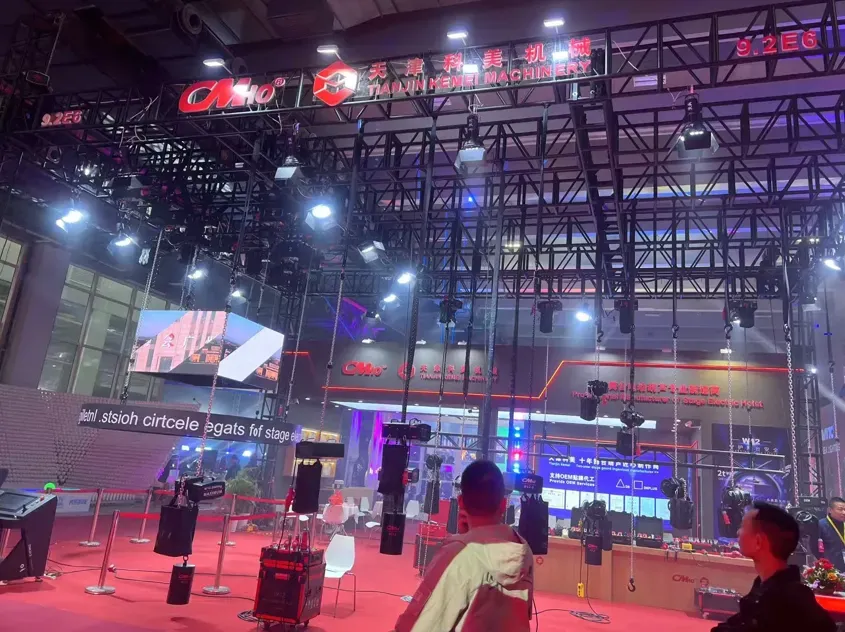
2025-02-27
创始人
0
GET show Guangzhou (International) Performing Arts...
Tianjin Kemei Machinery Manufacturing Co., Ltd. has been deeply engaged in the stage equipment manufacturing field for many years and has developed into a modern benchmark e...
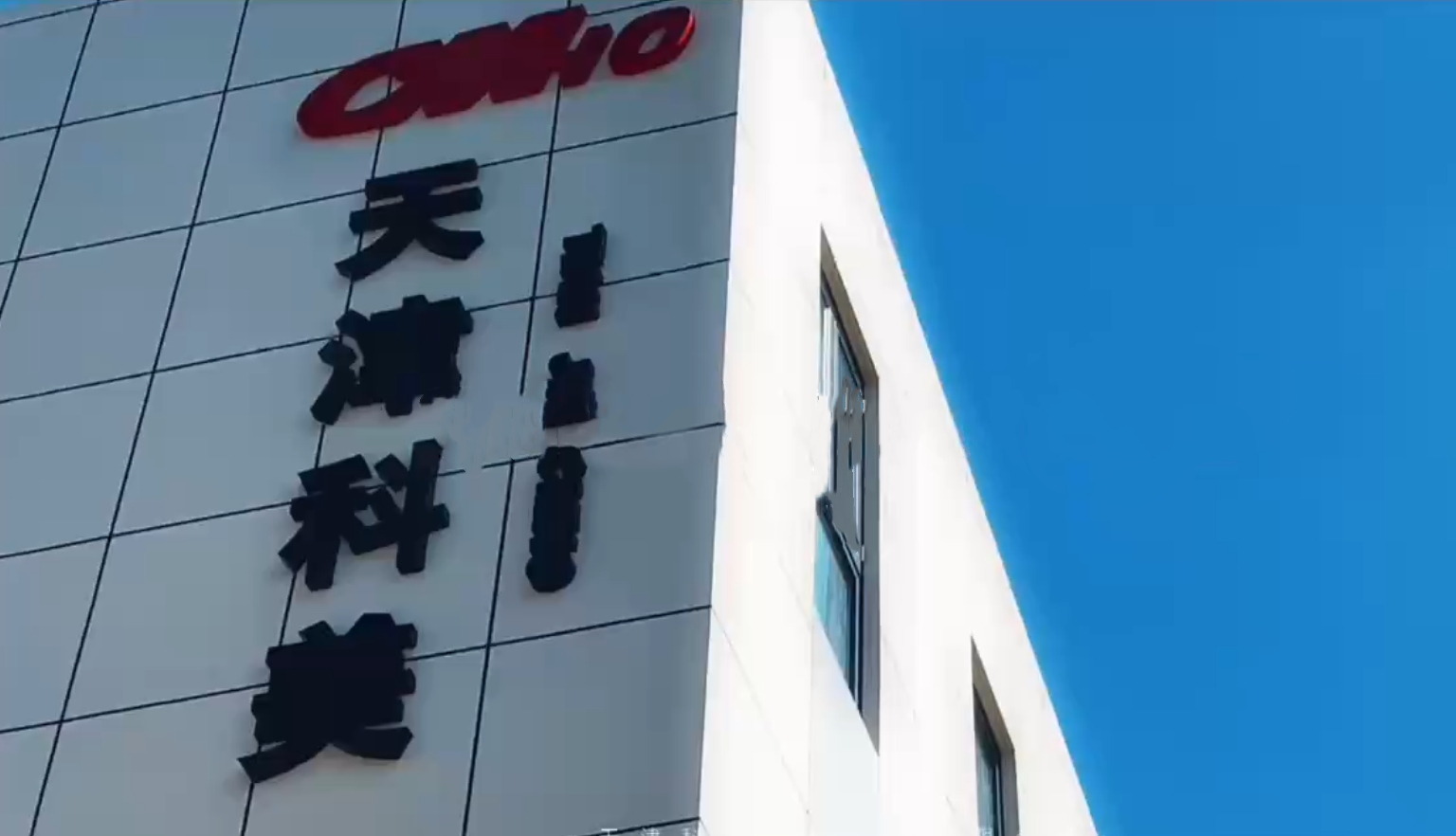
2024-09-24
admin
0
Tianjin Kemei Machinery Manufacturing Co., Ltd. Ne...
Tianjin Kemei Machinery Manufacturing Co., Ltd.: New Starting Point, New Journey - New Factory Relocation Record

